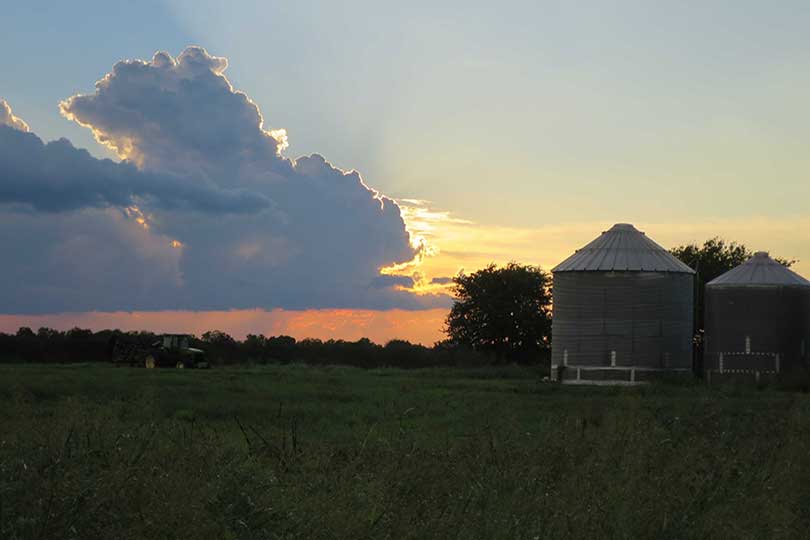Texas is in store for a warm and dry winter, according to AgriLife Today’s Crop and Weather Report. The La Niña weather pattern will likely not emerge this fall, as earlier forecasts indicated. The National Oceanic and Atmospheric Administration (NOAA) said conditions are weakening and forecasters have called off the La Niña watch.
According to NOAA, the chances of La Niña developing fell from a 75 percent chance in June and a 55-60 percent chance in July to a 40 percent chance in August.
Nielsen-Gammon told AgriLife Today the conditions in the Pacific did not meet the criteria for a La Niña event. He said the temperatures in the tropical Pacific are neutral, neither excessively warm nor excessively cool.
A La Niña weather pattern develops when temperatures in the tropical Pacific are excessively cool.
The above warmer temperatures in the Pacific are what caused the El Niño weather pattern.
“Persistent El Niño conditions were responsible for above-average rainfall in Texas over the past year,” Nielsen-Gammon told AgriLife Today. “La Niña events typically favor warm and dry winters in Texas. But the Pacific is close enough to La Niña temperatures that this winter will still lean toward the warm and dry side.”
He said there still may be severe temperature gauge swings to hot or cold.
“These conditions usually lead to a few days getting really cold,” he said. “But there could also be temperatures in the 70s and 80s in the middle of winter for College Station. It’s only likely to be warm and dry on average, not every single day.”
Nielsen-Gammon said the weather patterns in southern portions of the state could be impacted more by the tropical Pacific waters. He said certain areas of Texas could be more vulnerable to wildfires, especially in areas where grass growth fueled by rain begin to dry out.
“Dry, warm and windy is not a good recipe,” he said.
AgriLife Extension district reporters compiled weather summaries and outlooks for the various Texas regions.

